While there's no 'right' number of credit cards to have, we generally recommend starting with one or two cards so you can get a handle on managing multiple accounts and build up a solid credit score.
As your credit score and financial situation changes, you may want to revisit the number of cards you have. To help you decide if you have the right number of credit cards, read through our thoughtful considerations and compare them to your spending needs.
Key Takeaways
- Multiple credit cards can help you build your credit history, earn more rewards, and enjoy more perks.
- Multiple credit cards can also damage your credit score, put you in debt, and disqualify you from future credit products.
- To build a well-rounded wallet, choose new cards based on specific purposes and your existing spending habits.
- Start with a basic credit card, add a premium card, and then add rewards cards tailored to your favorite purchases.
Never miss an amazing deal again + get our bonus 250+ page eBook for FREE. Join 50,000 other Canadians who receive our weekly newsletter – learn more.
How many credit cards should I have?
The number of credit cards you should have depends on your income, spending habits, and budgeting skills. However, if you’re new to credit cards, you should start with a single credit card to help build your credit score and get used to managing credit card payments.
Once you’ve had a credit card for a while, you can reevaluate your needs and decide if you want to add another card to your mix.
Can you have too many credit cards?
It is certainly possible to have too many credit cards. You’ll know you have more cards than you need if you find yourself stressed out with keeping track of which cards to use for what and you’re falling behind on your credit card payments. After all, more credit cards mean more minimum monthly payments.
You may have heard of credit card churning – where you open credit cards to take advantage of substantial welcome bonuses. But, it’s easy to open too many credit cards with this strategy and end up in substantial debt. It's also much easier to forget to make all your monthly payments when you have a large number of cards.
Benefits of multiple credit cards
Having multiple credit cards can help improve your credit score quickly. After all, a good credit score can help you qualify for better insurance rates, employment, housing, and loans with lower interest rates.
Multiple credit cards can:
- Build credit faster: The more credit cards you pay off, the more positive data you have to bolster your payment history and credit rating.
- Improve your credit mix: Credit bureaus like to see timely payments, but they also want to know you can handle multiple types of credit, including credit cards, loans, and mortgages.
- Improve your credit utilization ratio (or debt-to-credit ratio): Spreading expenses across multiple cards – and keeping your balance below 30% of the limit of each card – is better for your credit score.
- Maximize payment acceptance: While Mastercard remains the only card accepted at Costco, nothing beats Visa when it comes to shopping internationally. As for the US, American Express is accepted very broadly.
- Maximize rewards: Since most credit cards offer only 1 or 2 high-rewards categories, using multiple cards can help you maximize your purchases across categories.
- Provide more perks and benefits: Airport lounge access, discounts, flexible financing, insurance coverage, roadside assistance, and more – extra goodies make it tempting to carry more than one card.
Downsides of multiple credit cards
Sure, the benefits of having several credit cards seem fantastic, but before you submit that new credit card application, consider that having multiple cards can:
- Make it harder to keep track of each card’s terms and conditions: Every card has its own fees, interest charges, payment due dates, grace periods, exclusions, and more to manage. If you don’t like tracking your finances, you probably don’t want more than 1 or 2 cards.
- Damage your credit score with hard credit checks: Unless you’re pre-approved, applying for a new credit card usually incurs a hard credit check that temporarily lowers your credit score. Multiple applications means multiple credit checks.
- Damage your credit score with missed payments: Outstanding balances damage your credit score after 30 days. If you can’t pay it all, at least pay the minimum.
- Increase your debt with interest fees: The biggest reasons Canadians fall into credit card debt are interest fees. It’s crucial to stay on top of your debt by paying off your credit cards on time.
- Make you more vulnerable to fraud and identity theft: You’re less likely to spot fraudulent activity while managing multiple cards. Review each credit card statement carefully and use a different PIN or password for each card.
- Tempt you to spend more: Increased spending limits can trigger an impulse to spend more. Make a budget and stick to it, even after being approved for a new card.
Steps to building your credit card portfolio
The key to successful credit card management is to do your research and apply with purpose. For example, if you add multiple rewards credit cards, make sure their rewards categories don’t overlap.
Here’s a 3-step process to building your credit history, maximizing rewards, and avoiding risks along the way:
1. Start with the basics
Start with a cash back credit card to help build your credit history while earning rewards. Here are a few no fee credit cards for beginners:
| Recommended card | Top earning categories | Genius rating |
|---|---|---|
| Tangerine Money-Back World Mastercard | * 2% cash back in up to 3 categories of your choice * 0.5% cash back on all other purchases | 4.4 |
| SimplyCash Card from American Express | * 2% cash back on gas and groceries * 1.25% cash back on all other purchases | 4.6 |
| Rogers Red Mastercard | * 2% cash back on eligible non-USD purchases if you have 1 Rogers, Shaw, or Fido service * 1% cash back on eligible non-USD purchases * 2% cash back on eligible USD purchases | 3.5 |
2. Add a premium card once you qualify
With high annual fees and minimum income requirements, the eligibility requirements for premium credit cards are a turn-off for many. But if you have a sure grip on your finances and want more valuable benefits, a premium card is the next step.
First, use your average monthly spending to calculate whether the rewards you’ll earn will offset the annual fees. Next, consider replacing a basic card with one of the following:
| Recommended card | Annual fee | Income requirements | Genius rating |
|---|---|---|---|
| American Express Platinum Card | $799 | * None | 4.4 |
| TD Aeroplan Visa Infinite Privilege Credit Card | $599 | * Personal $150,000 * Household $200,000 | 4.6 |
| BMO CashBack World Elite Mastercard | $120 | * Personal $80,000 * Household $150,000 | 4.6 |
3. Aim for rewards
Identify which spending categories and purchases eat up most of your money – and give you the most enjoyment. If you’re drawing a blank, the creditcardGenius quiz has a scientifically calculated recommendation for every rewards category, including:
Once you’re comfortably earning rewards and managing your spending on the basics, it’s time to consider niche products like balance transfer or low interest credit cards.
| Category | Recommended card | Highlights | Genius rating |
|---|---|---|---|
| Best gas credit card Best grocery credit card Best restaurant credit card | American Express Cobalt Card | * $191.88 annual fee * 5 points per $1 spent on groceries and restaurants * 3 points per $1 on streaming services * 2 points per $1 spent on gas, transit, and rideshare | 5.0 |
| Best store credit card | MBNA Rewards World Elite Mastercard | * $120 annual fee * 5 points per $1 spent on groceries, restaurants, and select recurring bills * 1 point per $1 spent on all other purchases | 5.0 |
| Best travel credit card | RBC Avion Visa Infinite | * $120 annual fee * 1.25 points per $1 spent on travel * 1 point per $1 spent on all other purchases | 4.2 |
Can you apply for multiple credit cards at once?
There’s no rule or law saying you can’t apply for several credit cards at a time, but we strongly advise against it. Each application results in a hard credit check, which temporarily drops your credit score.
Credit card issuers can also see who else has checked your credit rating and may reject your application if it seems like you’re trying to take on too much debt. So, you might be damaging your chances of approval by applying for multiple cards.
Instead, wait at least three to six months between applications. It gives your credit score time to recover, reduces your chances of rejection, and lets you evaluate your finances before proceeding.
FAQ
Can I have multiple credit cards in Canada?
Yes, there are no regulations about how many credit cards a person is allowed to have, so the number of cards you get is up to you (and the discretion of credit card issuers like banks or credit unions).
Is 3 credit cards too many?
Having three credit cards might be too many for someone who dislikes having to keep track of them. Others might not mind having three cards that they use for various types of purchases. It’s all a matter of preference.
Is there a disadvantage to having multiple credit cards?
The primary disadvantage of having several cards is the risk of overspending and running up balances, which can put you in debt and damage your credit. Plus, it’s harder to keep track of spending categories to maximize your purchases.
What's the best Canadian credit card?
It’s no secret that at creditcardGenius, we love the American Express Cobalt Card for its high earn rate, valuable perks, and flexible redemption options. This is why it’s won the Best Credit Card In Canada 8 years running.
What is the 2/3/4 rule for credit cards?
Bank of America is known for its 2/3/4 rule. They suggest that you only apply for 2 cards in 30 days, 3 cards in 12 months, and 4 cards in 24 months to limit damage to your credit score.
creditcardGenius is the only tool that compares 126+ features of 231 Canadian credit cards using math-based ratings and rankings that respond to your needs, instantly. Take our quiz and see which of Canada's 231 cards is for you.





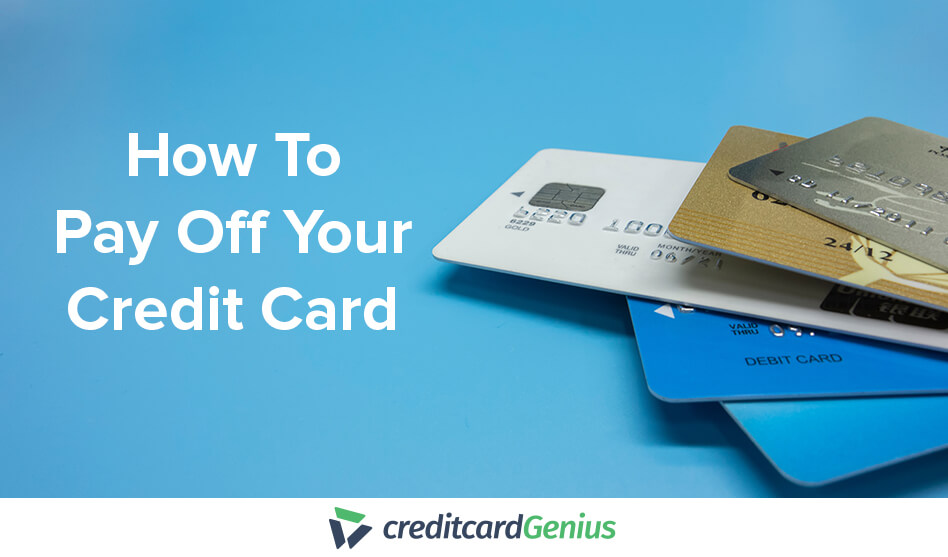



 GC:
GC: 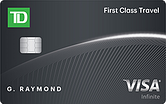
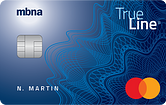

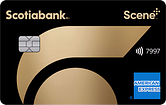
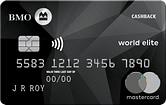
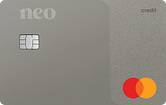
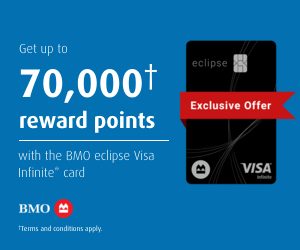

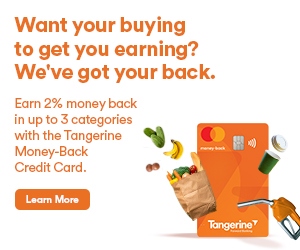





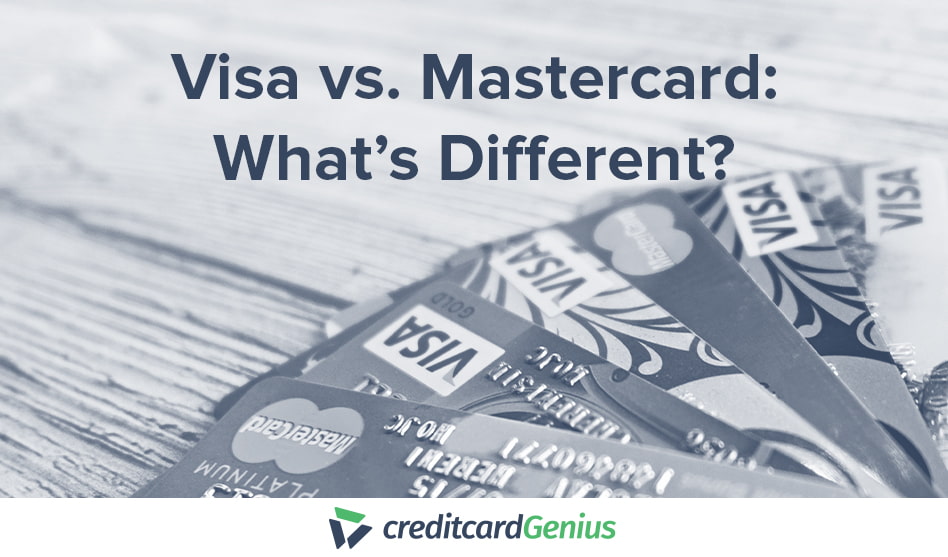
.png)




















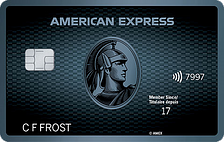
 $100 GeniusCash + Earn up to 15,000 Welcome Bonus Membership Rewards® Points.*
$100 GeniusCash + Earn up to 15,000 Welcome Bonus Membership Rewards® Points.*
Comments
Leave a comment
Required fields are marked with *. Your email address will not be published.
Showing 5 comments